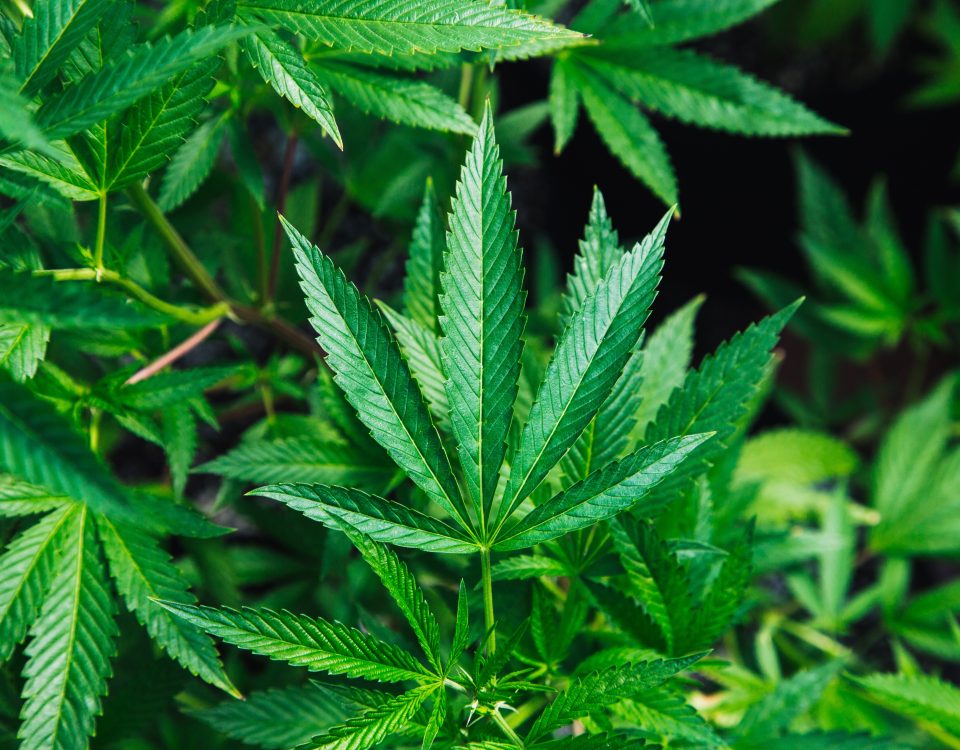Uncategorized
What is Hemp?
People picture a variety of things when they hear the word “hemp,” but it’s actually a fascinatingly useful plant. It’s a resource that is sustainable, strong, and used in far more products than you might realize.
For millions of people, hearing the word “hemp” means relief. Relief from symptoms of chronic anxiety, depression, epilepsy, arthritis pain, and a variety of other conditions. Some people still labor under the false assumption that hemp is a recreational drug.
There could be a whole article written on what hemp is not; what hemp is, however, is one of the most versatile plants on the entire planet. Read on to learn more about the uses of this amazing plant:
What Is Hemp?
The plant commonly known as hemp is actually a specific strain of the cannabis sativa plant. It is an annual broadleaf plant, capable of extremely rapid growth in favorable conditions. The plant will grow to a range of about 2-4 meters in height.
The hemp plant is famous for the long, tough fibers, found in the bark, that are part of what result in it so useful for making clothing, ropes and textiles. The core contains shorter fibers, known as “hurds,” or “shives,” which also have a wide variety of industrial uses.
Industrial hemp is a cousin of – although very distinct from – the other famous strain of cannabis sativa known as marijuana. The main difference between the two is the THC content. While marijuana contains high concentrations of the psychoactive compound THC, industrial hemp is bred to contain much less of it (usually only about .3%).
Especially in recent times, hemp has also become known for its medicinal qualities, due to its high concentration of Cannabidiol (better known as CBD), a highly beneficial compound.
Where Does It Come From?
It’s actually pretty hard to trace the origin of domestically cultivated hemp, only because it was first used by humans so long ago. Actually, hemp may be one of the first plants ever to be domesticated and cultivated by humans, with its history going back at least 8,000 years.
The plant originally grew indigenously in India and Central Asia. Over the centuries, its cultivation spread to the rest of Asia, and into Europe and into Africa. By the 1500s, it had been brought to the New World by the Spaniards. In the eighteenth century, hemp was a popular crop in the young United States; George Washington, for example, was known to have grown it on his farm.
Today, hemp is grown in dozens of countries across the world, with different varieties having been bred to meet different needs, as well as to survive in multiple climates around the globe.
How Is It Grown?
There are many different varieties of hemp, each bred for specific uses and conditions. For example, certain varieties are specifically grown for the fiber content. These are bred to contain around 15-25% of the bast fibers that are so useful for creating clothing, ropes, and textiles.
On the other hand, medicinal hemp is specifically grown for its CBD content. It is cultivated to contain a high concentration of CBD, and a low concentration of THC (about .3%). Interestingly, the amount of THC in any given hemp plant actually increases if the plant is subjected to stressful conditions as it grows.
Certain hemp plants are also grown with the intention of being used for multiple purposes. Hemp bred in France and Romania, for example, can be used for both the fiber content, and to provide grain as a food source.
Hemp prefers a neutral or slightly alkaline soil – pH7.0 – 7.5 – and it must be well drained. Clay soils are not particularly good for the growth of hemp, as it usually impacts the roots and interferes with the plant’s fiber production.
Hemp requires a lot of water to grow successfully. Without receiving about 10-13 inches of rain or the equivalent each year, the plant’s ability to produce fiber and grain is negatively impacted. While the plant prefers warmer climates, certain strains have been bred to weather colder climates as well.
The Industrial Uses Of Hemp
As we’ve mentioned above, hemp is one of the most versatile plants in the entire world. It is actually difficult to imagine any other plant with quite so many uses – how many other plants can be food, clothing, and medicine all in one?
For its industrial uses, it is the fiber in the bark that makes hemp so valuable. That fiber can be turned into a fabric similar to linen. It’s then turned into clothing, as well as shoes, and accessories such as bags and even decorative items such as macramé jewelry.
Hemp fibers are extraordinarily strong, and as such people have been using them to make rope for centuries. They can also be used to make buildings, and hemp is mixed with lime to create a building material known as “hempcrete,” which can be used to replace wood when creating strong and breathable homes.
Hemp is so incredibly versatile, it is even possible it’s in your car’s body panels. Car makers such as BMW, Mercedes, Volkswagen, Chrysler, Ford, and many others use a bioplastic strengthened with hemp fibers for the body panels of their vehicles. This has the advantage of being extremely strong, while also being much more sustainable to produce than conventional plastics.
Hemp As A Food Source
Hemp, and specifically hemp seeds, are also popular as a food source. In fact, the plant has become exceedingly popular in recent years as a “superfood,” due to its many health benefits. Hemp seeds are actually a type of nut and they are about 30% fat; they are an excellent source of the essential fatty acids omega-6 and omega-3.
Hemp seeds are an excellent source of protein; they actually contain more protein than chia seeds or flax seeds. They’re also a rich source of vitamins and minerals, containing Vitamin E, as well as potassium, iron, zinc, and magnesium.
Hemp As A Medicine
Hemp is also bred for its CBD content, which researchers study for its incredible medicinal qualities. For people who suffer from depression, anxiety, and sleeplessness, hemp-derived CBD provides incredible relief. Many people who suffer from epileptic seizures have said that hemp is the only thing that helps. It’s also notable for its ability to reduce inflammation; CBD derived from hemp brings relief from arthritis, chronic pain and even acne.

